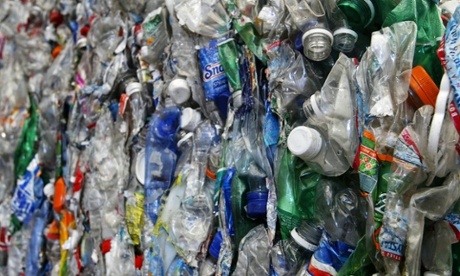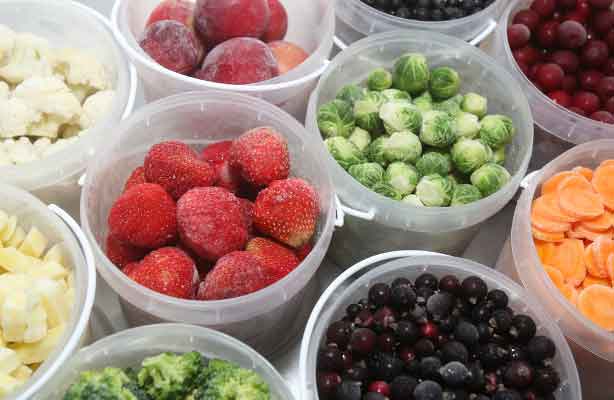Environmental sustainability and business don’t always go hand in hand, especially when it comes to product packaging. Some of the most common household packages – including potato chip bags, pizza boxes and toothpaste tubes – often aren’t recyclable. For companies hoping to woo sustainability-minded customers, this can be a real problem. Even though it makes up a small part of a product’s environmental impact (pdf), packaging is the first thing that consumers see, and it can heavily influence their buying decisions.
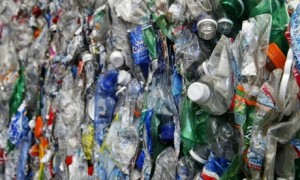
Mark Dancy, president of WasteZero, a US-based waste reduction company, says that while fast advancing technologies can boost green friendly packaging, many companies continue to commit packaging mistakes. The main problem, he argues, is that, when it comes to packaging, most companies focus on two priorities: “how will this drive consumers to my product and how much does this cost.” For some, environmental sustainability is a third, less important concern. “But, realistically, most look at the first two,” he says.
Here are some examples of the top packaging blunders that companies make, as well as some potential solutions to the packaging puzzle.
The chip bag
The problem: The typical snack chip bag is made from up to seven layers of foil and plastic. Companies like this because these bags are light, reduce shipping volume, don’t take up much space on a shelf, and are graphics friendly. The downside is that there’s currently no machinery to separate these layers, so they aren’t recyclable.
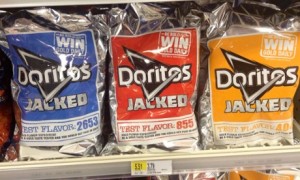
“It’s not cost effective and there would be no market for the separated material,” explains Lawrence Black, director of global business development at Waste Management, a US-based environmental solutions provider. “It is expensive to fix and it all comes back to is there a market for the material. If there’s not an ongoing market for the material it won’t get recycled.”
Who does it? Multi-layered packages are popular with consumer giants, particularly snack food manufacturers such as Frito-Lay and PepsiCo.
What is the solution? Unfortunately, there is no easy solution: according to sustainability experts at Waste Management multi-layered packaging is considered the worst of the worst when it comes to recycling. “When things are mixed together, you devalue the product,” says Tom Carpenter, executive director of Waste Management. “If I had two boxes, and one is all cardboard, the other box had metal strips, the second would be too costly to recycle.”
Consumer education can go a long way toward increasing the potential for recycling. For example, packages with simpler multilayers, such as cereal boxes and bags, need to be separated for recycling. Another option is “upcycling”: Consumers can wash out used bags and reuse them for sandwich bags, or for craft projects, such as the potato chip wallet.
Single-serving foods
The problem: Size and material are two of the biggest factors for recyclability: in general, the smaller a package and the greater its mix of materials , the less recyclable it is. While consumers and businesses may think that sleek, recyclable containers are sustainable, experts note that single-serving foods, including yogurt and coffee cups, are especially problematic. Their small size and – in the case of yogurt cups, difficult-to-recycle plastic – tend to make them a tough sell for recyclers.
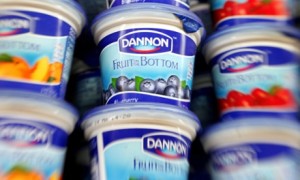
Who does it? Most common single-serve foods, including cups of coffee, violate the material and size rule. Yogurt, especially, is a problem – the majority of yogurt companies, ranging from giants like Dannon and Chobani, to smaller independent producers, use packaging that is difficult to recycle.
What is the solution? On the recycling end, advances in technology could lead to new sorting machines and more sustainable polymers. Alternately, some companies, including Unilever, have redesigned their packaging to make it more sustainable. On the consumer end, many coffee chains, including Dunkin’ Donuts and Starbucks, allow customers to use reuseable coffee mugs.
Another option is compostable, biodegradable packaging. Some supermarkets, like Whole Foods and Trader Joe’s, are increasingly utilizing compostable and biodegradeable containers. Unfortunately, this is still uncommon. Green-conscious consumers can also opt to purchase larger size items and transport them in reusable or washable containers.
The toothpaste tube and the toothbrush
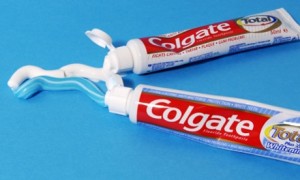
The problem: The small size, blended material and leftover toothpaste inside toothpaste tubes – and other tube-based containers – make recycling almost impossible. As for toothbrushes, their slender shape and blend of plastic and nylon bristles make them tough to disassemble and recycle.
Who does it? Toothpaste and toothbrush manufacturers, including consumer giant Colgate-Palmolive, manufacture these non-recyclable products.
What is the solution? Since being served with a shareholder resolution by As You Sow (AYS) a non-profit environmental protection group in 2012, Colgate-Palmolive has been working with AYS to create a recyclable toothpaste tube or package.
The post-consumer plastic bottle
The problem: While plastic bottles, which are popular with both beverage manufacturers and consumers, have come a long way when it comes to recycling, there is still room for improvement when it comes to the percentage of bottles that are recycled.
Who does it? Most beverage manufacturers, including Coca-Cola and PepsiCo, use PET (polyethylene terephthalate) plastic bottles.
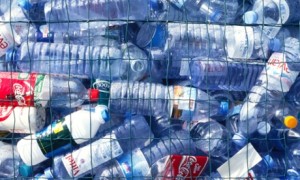
What is the solution? In some ways, plastic bottles are a case study in how companies can use innovations and consumer outreach to improve a recycling problem. A 2013 report from the National Association for PET Container Resources showed that New York’s bottle deposit law and a rise in collections in California drove up US gross recycling rates of PET bottles to 30.8%.
But there is still room for improvement, and companies, including both Coca-Cola and Pepsico, have launched programs to make recycling more efficient and convenient. Venues where plastic bottles are consumed have also gotten involved. Earlier this year, the National Resource Defense Council released the “Guide to Composting at Sports Venues,” and many of the US’s major sports arenas and venues have established food composting programs and replaced their trash cans with recycling bins.
Some companies are also building recyclability into the product itself. For example, Pepsico’s popular “Naked” beverage comes in a 100% post-consumer recycled plastic bottle. Similarly, Vermont-based Seventh Generation’s eco-friendly products are packaged in green friendly, post-consumer containers.
The online purchase
The problem: Companies and private sellers that deliver products through the mail often over-package, putting a pre-boxed item in a second box, and sometimes even a third one. This practice, which Dancy calls the “Russian doll” approach, is exceedingly wasteful.
Who does it? Sellers on the eCommerce network, including eBay.
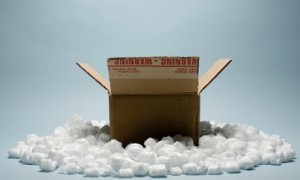
What is the solution? One option is to use sustainable packing materials, rather than the traditional styrofoam. There are numerous sustainable options, including packing materials made from corn starch or sorghum, which can be composted. And New York-based Ecovative design has developed fungus-based packing materials that are being used by Dell, Crate and Barrel and Puma, among others.
Ed Kastenbaum, general manager of San Francisco-based The Packaging Store, and vice president of the Retail Packaging Association, packs with recycled pulp instead of Styrofoam when selling to wine shippers. Kastenbaum says that the pulp wine shippers are widely available. The market change started more than 10 years ago & now the vast majority of wine is shipped in this manner by wineries, wine clubs, and wine retailers.
The dreaded pizza box
The problem: Pizza boxes – and many other takeout containers – are made of recyclable materials, but when cheese or other food scraps stick to the cardboard, they are no longer recyclable.
Who does it? Consumers and food delivery places.

What is the solution? Consumer awareness and letting consumers know that the box is valuable. Although consumers and yes pizza companies can’t avoid the take-out pizza with cheese attached to lid, some companies have turned to environmentally friendly solutions including using compostable containers and specially designed recyclable-friendly pizza boxes.
Some pizza companies such as Straw Hat Pizza separate food and compostable materials in the restaurants. East coast-based Skinny Pines Brick Oven Caterer use innovative packages such as The Green Box, a recyclable pizza box that can be disassembled to making it recyclable friendly.
Amy Wu is a Washington DC-based freelance writer who specializes in writing about business and technology. The circular economy hub is funded by Philips. All content is editorially independent except for pieces labelled advertisement feature. Find out more here.

